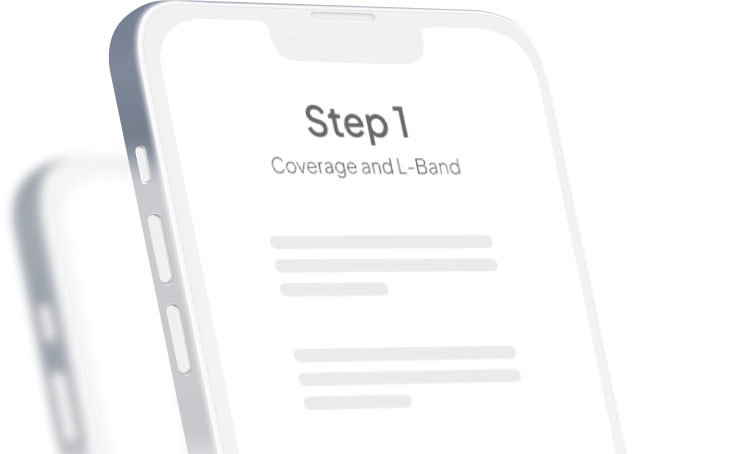
Antenna Selection Guide
Finding the right antenna for your application should be easy. Tallysman’s simple, three-step antenna selection guide allows you to quickly specify the fundamental antenna requirements for your situation to quickly narrow down your antenna options.
Choose frequency coverage and L-band
The first step to choosing the right antenna is defining which signal frequency bands from which satellite constellations your receiver requires. Tallysman’s broad antenna selection supports GPS, GLONASS, Galileo, BeiDou, QZSS and NAVIC GNSS constellations, Iridium Satellite Communications, and L-Band connection services.
Single Band
Dual Band
Iridium
| Band Configuration | Upper Bands |
| Configuration 1 | GPS/QZSS L1 (1575.42 MHz) |
|---|
L-band correction services provide Precise Point Positioning (PPP) corrections to a receiver. This mitigates measurement errors and position jumps to help increase system accuracy.
Support for L-Band Correction Services